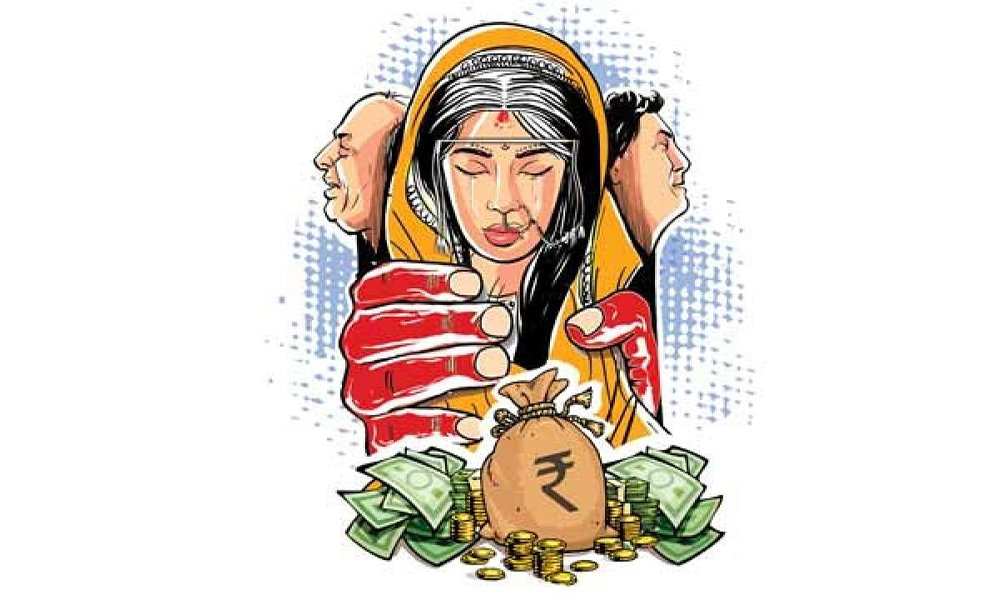This was published in the print edition of Economic and Political Weekly. (Issue December 9. 1989)
Many of the readers of EPW who have read C S Lakshmi’s (EPW, January 28 and May 13) and Rajni Palriwala’s (April 29) rejoinders to my article ‘Rethinking Dowry Boycott’ in Manushi (No 48, 1988) may not have read the original article. The rejoinders have seriously misrepresented my position. To begin with, my article must be read in the context of Manushi’s ten-year long engagement with the questions of dowry and marital violence, and my earlier articles on these issues, particularly ‘Dowry—To Ensure Her Happiness or to Disinherit Her?’ in Manushi (No 34, 1986). The rejoinders have chosen to read my latest article in complete isolation from the context in which it was written, addressed to Manushi readers who are familiar with Manushi’s overall thrust.
The article, as its title ‘Rethinking Dowry Boycott’ makes clear, was not evaluating dowry but rather evaluating the impact of the strategy of boycotting dowry weddings which some of us at Manushi personally implemented for a decade. Palriwala’s long exposition of various sociologists’ works on the history of dowry has, therefore, little bearing on the subject. I have nowhere disputed the fact that dowry, like any other phenomenon changes in a changing world. Since Palriwala’s account of ‘five dimensions’ of dowry today substantially repeats my extended analysis in Manushi (No 34, 1986), it is difficult to understand why a mutilated version of my earlier article is being cited as a critique of my recent article.
The call to activists to boycott dowry weddings in their social circles was a failure. Even at a personal level, while my keeping away from dowry weddings was met with by a great deal of verbal approval, it did not bring about any change in dowry practices in my social circle, except for my immediate family…






